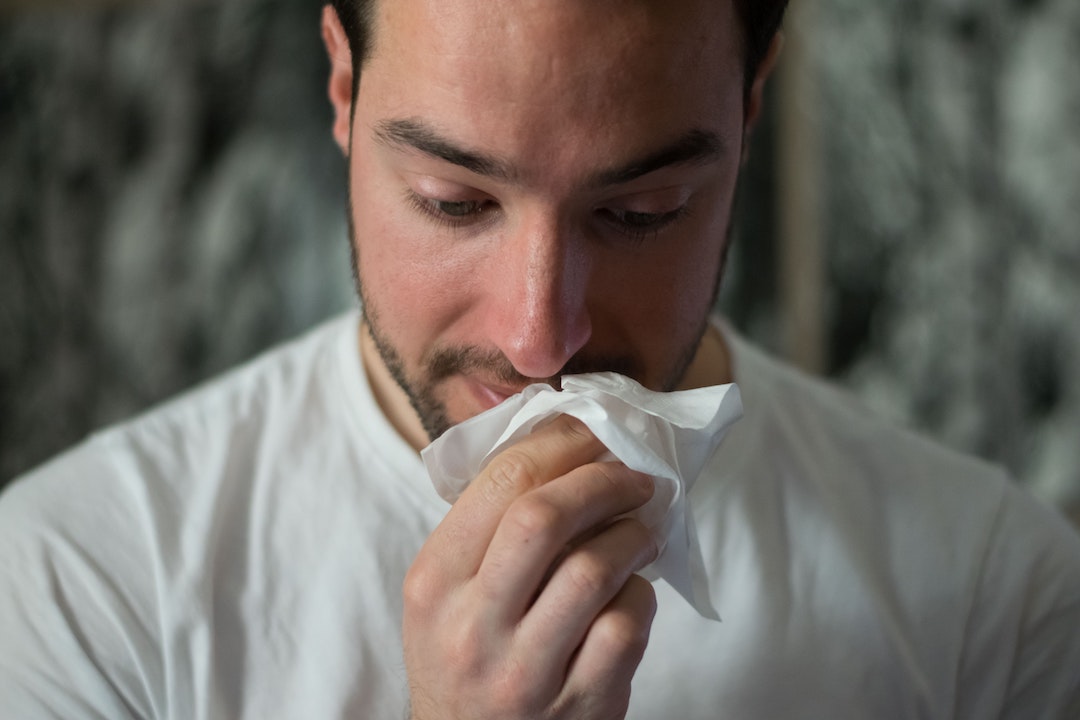Dust allergies are one of the most common forms of allergies. While some people might experience mild dust allergies, others might have more severe dust allergy symptoms.
The vast majority of dust allergy symptoms are dust mite allergy symptoms. Dust mites are small bugs that survive in house dust. They can be present on pillows and bedding, curtains and carpets. Even the cleanest house is likely to have some dust mites lurking.
Dust mite allergy is one of the leading causes of asthma and allergy triggers. If you find your allergies are triggered when cleaning your home, you may have a dust allergy. Dust mites do not bite like some bugs, but they can cause itchy and red skin. The allergic reaction is often the result of breathing in their skin and faecal matter.
In this blog, we will outline some of the symptoms of a dust allergy, how to manage them, and how to prevent future allergic reactions.
What are dust allergy symptoms?
The most common symptoms of dust allergy are:
-
Sneezing
-
Coughing
-
Shortness of breath
-
Postnasal drip
-
Stuffy nose
-
Itchy nose or eyes
-
Watery eyes
-
Red and/or itchy skin
-
Itchy throat
People with a dust allergy will typically have symptoms all year round, so this is how you can distinguish it from hay fever. Hay fever is typically seasonal and will coincide with spikes in your local pollen count.
What is a natural remedy for dust allergies?
There are a few home remedies for dust allergy you can explore. A dust allergy will trigger your immune system and cause your body to fight itself, trying to remove the threat. To remedy this, you can either remove the allergen from your environment or stop the reaction.
A daily antihistamine will help you to control the symptoms, but not everyone will consider this to be a long-term solution. You should instead look for ways to prevent dust mites from being able to thrive in your home.
The best home remedies for dust allergy
You cannot cure a dust allergy, but you can help to control the symptoms. Keeping your home free from dust will help to prevent the spread of dust mites. This can help you to manage your allergies and prevent flare-ups.
Your bedroom is the most important place to keep clean if you suffer from dust allergies. You should wash your bed linen regularly to remove dust mites and their waste. You should also switch to mite-proof hypoallergenic pillows and duvets to help prevent build-up.
A typical mattress will contain between 100,000 and 10 million mites. And after two years, around 10% of a pillow’s weight will be made up of dead mites and their droppings. These shocking statistics highlight the importance of proper home cleaning.
If you only suffer from dust allergies, keeping your bedroom windows open will help fresh air circulate. But if you also suffer from hay fever (allergic rhinitis) avoid doing this. Instead, try using a home air purifier to keep your air fresh.
Can you stop allergies immediately?
If you have a dust mite allergy and want to stop the symptoms immediately, the best thing to do is to change your environment. Get outside and avoid returning to your home until the allergens have been removed. An air purifier can help to prevent dust from circulating in your home and could provide relief from your symptoms.
To help stop the dust allergy symptoms, you could try a daily antihistamine. This will stop the immune response that leads to chest tightness, nasal congestion and sneezing.
How do I get rid of dust and allergens in my home?
To get rid of dust mites around your home, clean regularly with a vacuum cleaner. When you are finished cleaning, empty your vacuum cleaner and remove the contents from your home. Make sure you hoover under furniture where dust might gather.
Clean the filter regularly and look for a vacuum cleaner with a HEPA filter if possible. If you struggle with cleaning and there is no one else able to do this for you, try wearing a mask and goggles.
When dusting your home, use a spray polish and a damp cloth. This will help to keep the dust down and avoid sending dust and dust mites into the air. If you have a choice over home furnishings, choosing hardwood flooring, tile or linoleum will be better than carpeting. Carpets give allergens a place to gather and are harder to clean than hard flooring.
When you’re finished cleaning, shower and change into fresh clothes. This will help to remove any dust that may have gathered on your clothes and in your hair.
If you need help managing your dust mite allergy or any other allergies, explore our collection of allergy and hay fever treatments. Just one pill a day could rid you of these common dust mite allergy symptoms.

